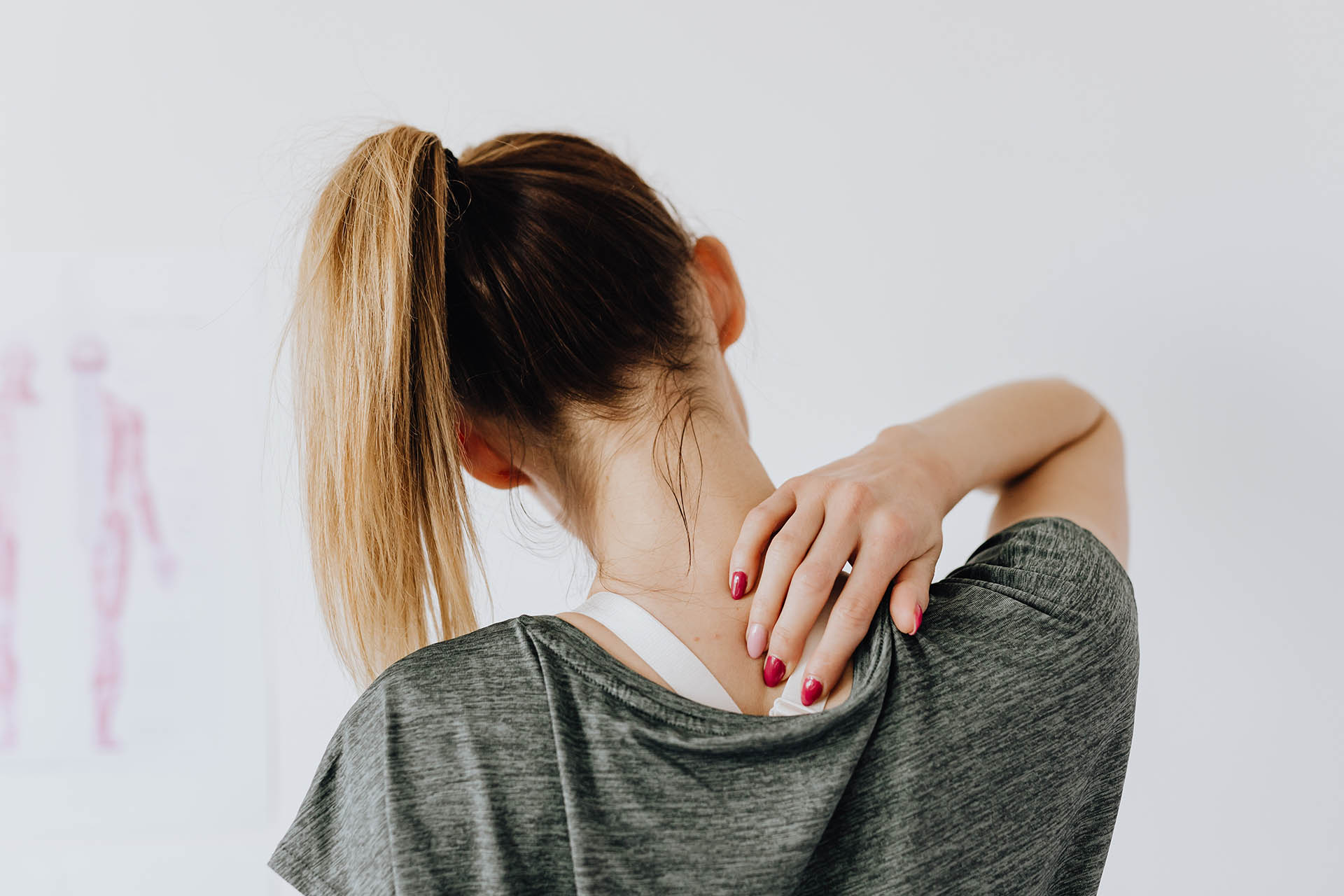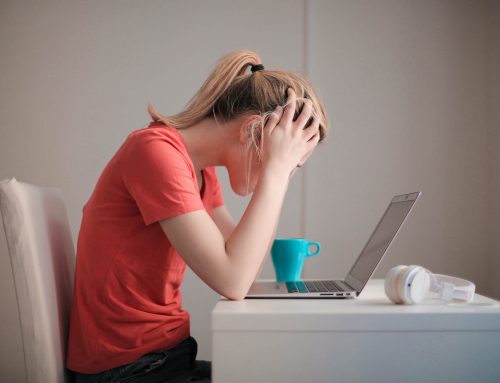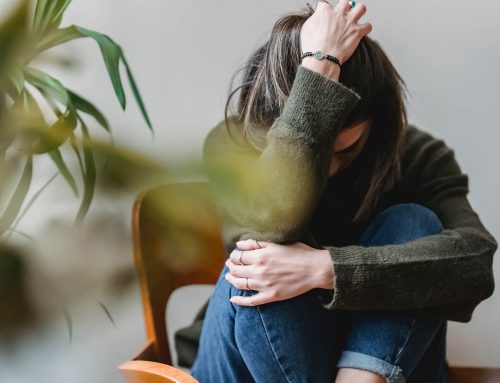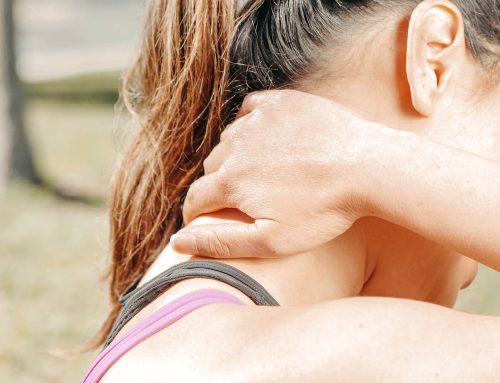As women, our bodies go through many changes throughout our lives. While these changes can bring great joy, they can also bring aches and pains, particularly in our joints. From pregnancy to menopause, women are more likely than men to experience joint pain due to hormonal changes and other factors. However, some exercises and stretches can help alleviate joint pain and keep us moving comfortably. In this post, we’ll explore some of the top exercises and stretches for relieving joint pain in women.
Walking
One of the best things you can do for joint pain is to keep moving, and walking is a great way to do that. Walking is a low-impact exercise that can help strengthen the muscles around your joints, reducing pain and stiffness. It’s also a great way to get some fresh air and clear your mind. Aim for at least 30 minutes of brisk walking per day.
Swimming
Swimming is another low-impact exercise that can help reduce joint pain. The buoyancy of the water supports your joints, while the resistance of the water helps build strength. Swimming is also a great cardiovascular exercise that can improve overall fitness. If you’re not a strong swimmer, consider taking a water aerobics class.
Yoga
Yoga is a gentle form of exercise that can help increase flexibility, strength, and balance. It’s also a great way to reduce stress and promote relaxation. Many yoga poses are designed to stretch and strengthen the muscles around your joints, helping to reduce pain and stiffness. Look for a yoga class that is specifically designed for people with joint pain or ask your physiotherapist for recommendations.
Resistance Training
Resistance training, such as lifting weights or using resistance bands, can help build strength in the muscles around your joints, reducing pain and stiffness. Start with light weights or resistance bands and gradually increase as your strength improves. If you’re not sure how to get started, ask your physiotherapist for guidance.
Stretching
Stretching is an important part of any exercise routine, especially if you have joint pain. Stretching can help improve flexibility and reduce stiffness. Focus on stretching the muscles around your joints, such as your hips, knees, and shoulders. Hold each stretch for 30 seconds and repeat on each side. If you are looking for particular exercises to increase your flexibility head to the HSE website here.
Working with a physiotherapist helps you to find an activity that you enjoy and modify it so you can take part in it and reap the benefits! Physiotherapists can also advise you on how to use exercises designed specifically for you to maximise your ability and the benefit gained.
In addition to exercise, there are other things you can do to help alleviate joint pain. These include:
- Maintaining a healthy weight
- Eating a balanced diet
- Getting enough rest and sleep
- Applying heat or cold to the affected area
- Taking over-the-counter pain medication as directed
Joint pain can be a frustrating and debilitating condition, but there are steps you can take to manage it. Incorporating these exercises and stretches into your routine, along with other lifestyle changes, can help alleviate pain and keep you moving comfortably. Remember to always consult with your healthcare provider before beginning any exercise program.
In addition to exercise and lifestyle changes, there are some specific things women can do to help manage joint pain at different stages of life. Here are some tips:
During pregnancy: As your body changes during pregnancy, you may experience joint pain, especially in your hips and back. Gentle exercises, such as walking, swimming, and prenatal yoga, can help reduce pain and improve mobility. Prenatal massage can also be helpful. Be sure to talk to your healthcare provider before starting any exercise program during pregnancy.
During menopause: As women approach menopause, changes in hormone levels can lead to joint pain and stiffness. Exercise, including weight-bearing activities like walking and resistance training, can help maintain bone density and reduce pain. Eating a diet rich in calcium and vitamin D can also help keep bones strong.
During ageing: As we age, joint pain can become more common. Staying active and maintaining a healthy weight can help reduce the risk of developing joint pain. Low-impact exercises, such as walking and swimming, can be beneficial. Stretching and yoga can also help improve flexibility and reduce stiffness.
However, If you’re experiencing joint pain, it’s important to seek the advice of a qualified healthcare professional. A physiotherapist with experience in women’s health can help you develop an exercise plan that is safe and effective for your individual needs.
At Portobello Physio, we offer a range of women’s health services, including physiotherapy for joint pain. Our experienced physiotherapists can work with you to develop a personalized exercise plan that can help reduce pain and improve your overall quality of life. Book an appointment with us today to learn more.







